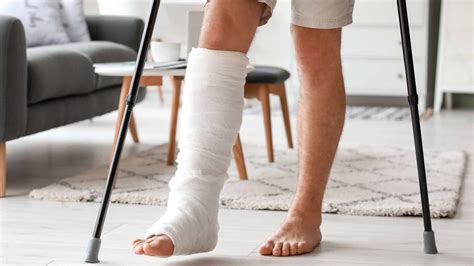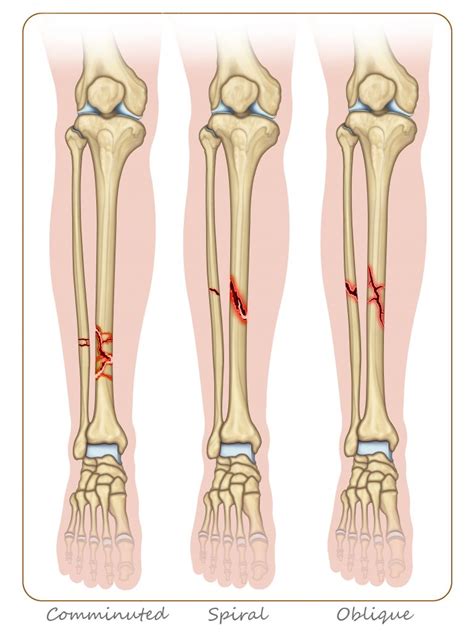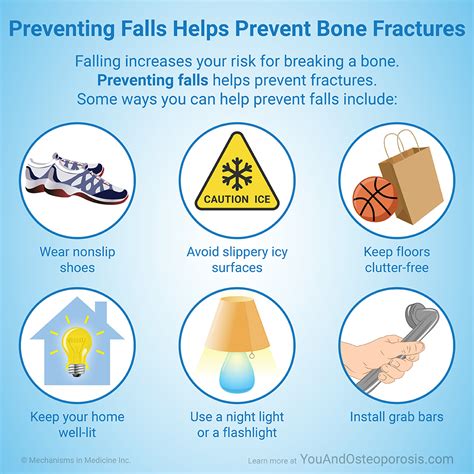Intro
Recovering from a broken leg can be a challenging and painful process. Learn about the common causes, symptoms, and treatment options for a broken leg, including surgery, casting, and physical therapy. Discover how to manage pain, promote healing, and regain mobility with our comprehensive guide to broken leg recovery and rehabilitation.
Breaking a leg is a common idiomatic expression that means "good luck," but in reality, breaking a leg can be a painful and serious injury. The phrase is often used to wish someone well before a performance or a challenging situation, but it's essential to understand the actual implications of a broken leg. In this article, we'll delve into the world of leg fractures, exploring the causes, symptoms, diagnosis, treatment options, and recovery processes.

Understanding Leg Fractures
A leg fracture, also known as a leg break, occurs when one or more of the bones in the leg are cracked or broken. The leg is composed of three long bones: the femur (thigh bone), tibia (shin bone), and fibula (outer lower leg bone). Each bone has a unique function, and a break in any of these bones can significantly impact mobility and daily activities.
Types of Leg Fractures
There are several types of leg fractures, including:
- Stress fractures: Small cracks in the bone, often caused by repetitive stress or overuse.
- Compression fractures: Bones are crushed or compressed, typically due to osteoporosis or trauma.
- Transverse fractures: Bones are broken straight across, often due to a direct blow or fall.
- Oblique fractures: Bones are broken at an angle, typically due to a twisting injury.
- Spiral fractures: Bones are broken in a spiral pattern, often due to a twisting injury.
Causes and Risk Factors
Leg fractures can occur due to various reasons, including:
- Trauma: Direct blows, falls, or car accidents can cause leg fractures.
- Sports injuries: Contact sports, such as football or soccer, can increase the risk of leg fractures.
- Osteoporosis: Weakened bones can lead to fractures, especially in older adults.
- Repetitive stress: Activities that involve repetitive stress, such as running or jumping, can cause stress fractures.
- Medical conditions: Certain conditions, such as osteogenesis imperfecta, can increase the risk of leg fractures.

Symptoms and Diagnosis
Symptoms of a leg fracture may include:
- Pain: Severe pain, especially when moving the affected leg.
- Swelling: Swelling and bruising around the affected area.
- Deformity: The leg may appear crooked or misshapen.
- Limited mobility: Difficulty moving the affected leg.
To diagnose a leg fracture, doctors may use:
- Physical examination: A thorough examination to assess pain, swelling, and mobility.
- Imaging tests: X-rays, CT scans, or MRI scans to confirm the fracture and assess the extent of the damage.
Treatment Options
Treatment for a leg fracture depends on the severity and location of the break. Common treatment options include:
- Casting: A cast is applied to immobilize the affected leg and allow the bone to heal.
- Surgery: Surgery may be necessary to realign and stabilize the bone.
- Pain management: Medication is prescribed to manage pain and discomfort.
- Physical therapy: Physical therapy is essential to regain strength and mobility in the affected leg.

Recovery Process
The recovery process for a leg fracture can vary depending on the severity of the break and the individual's overall health. Generally, the recovery process involves:
- Rest and immobilization: The affected leg is rested and immobilized to allow the bone to heal.
- Pain management: Medication is prescribed to manage pain and discomfort.
- Physical therapy: Physical therapy is essential to regain strength and mobility in the affected leg.
- Follow-up care: Regular follow-up appointments with the doctor to monitor the healing process.
Prevention and Precautions
While some leg fractures are unavoidable, there are steps to take to reduce the risk:
- Wear protective gear: Wear protective gear, such as shin guards, when participating in contact sports.
- Exercise regularly: Regular exercise can help strengthen bones and reduce the risk of fractures.
- Maintain a healthy diet: A balanced diet rich in calcium and vitamin D can help maintain strong bones.
- Avoid falls: Take steps to avoid falls, such as removing tripping hazards and using handrails.

We hope this comprehensive guide has provided you with a better understanding of leg fractures. If you have any questions or concerns, please don't hesitate to reach out to us. Share your thoughts and experiences in the comments below, and don't forget to share this article with your friends and family.
What is the most common type of leg fracture?
+The most common type of leg fracture is a stress fracture, which is a small crack in the bone.
How long does it take to recover from a leg fracture?
+The recovery time for a leg fracture can vary depending on the severity of the break and the individual's overall health. Generally, it can take several weeks to several months to fully recover.
Can I prevent leg fractures?
+While some leg fractures are unavoidable, there are steps to take to reduce the risk, such as wearing protective gear, exercising regularly, maintaining a healthy diet, and avoiding falls.
